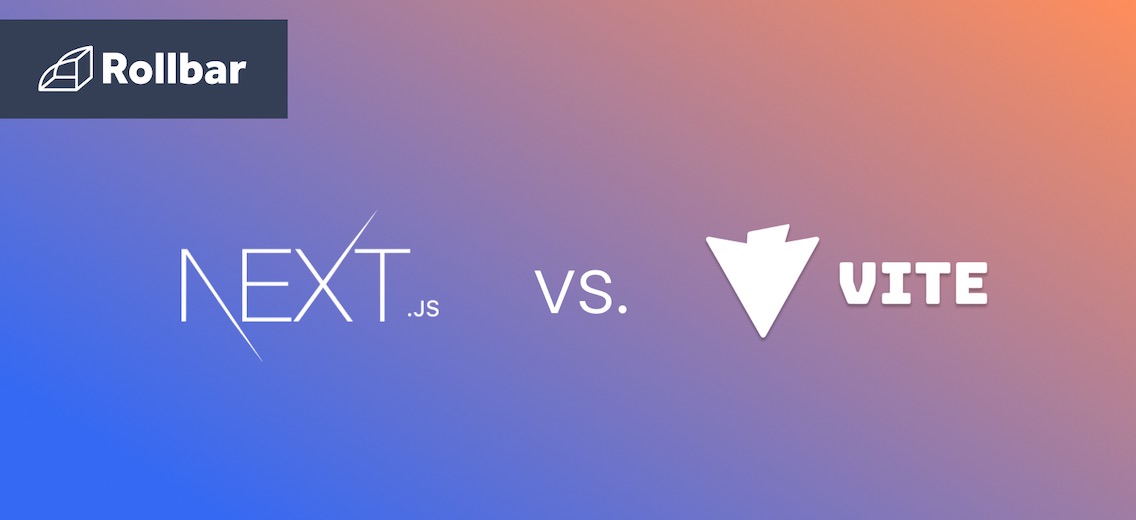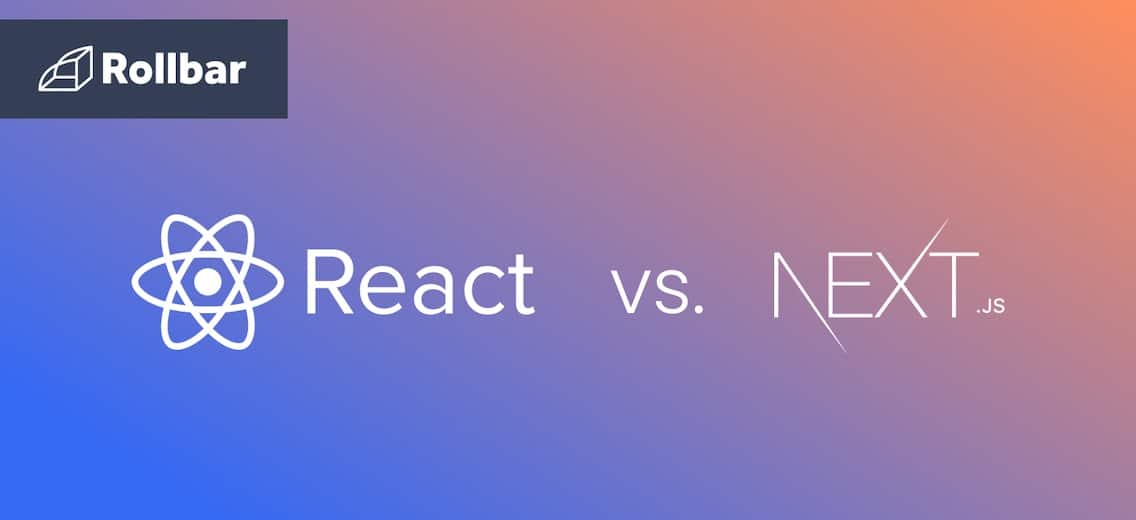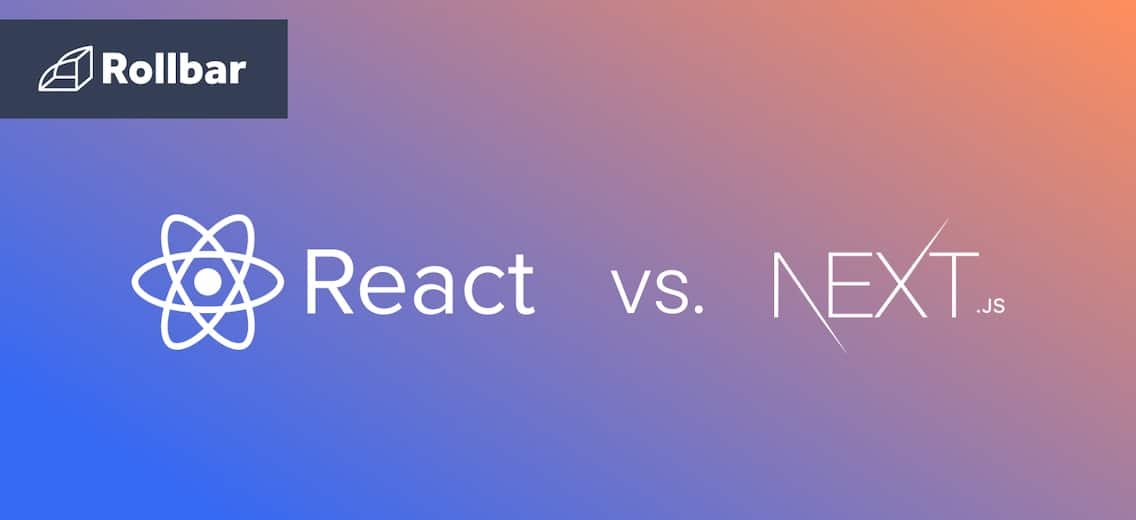They’re both popular, both fast, and both backed by strong communities. But they take very different approaches to building modern websites.
Next.js is a React framework specialized in server-side rendering (SSR), static site generation (SSG), and hybrid applications. It provides features like file-based routing and image optimization, making it particularly suited for projects where SEO and fast initial load times are priorities.
Vite.js, in contrast, is a lightweight build tool that supports various frameworks including React, Vue, and Svelte. It focuses on client-side rendering, offering lightning-fast development startup and hot module replacement (HMR). Vite is ideal for projects where rapid iteration and reduced server complexity are key.
Both tools are evolving quickly — with major performance and DX upgrades in the latest releases — so let’s dive into what makes each one shine, where they differ, and how to choose the right fit for your next project.
What makes Next.js remarkable?
Next.js offers many features that enhance the development experience and the performance of web apps, such as:
- File-System Routing: Next.js automatically creates routes based on the files in the
pages(or newapp) directory. This convention means you get intuitive, built-in routing without extra configuration. - Image Optimization: Next.js provides a built-in
<Image>component that automatically optimizes images for faster loading. It supports lazy loading, resizing, and quality adjustment out of the box. - Internationalization (i18n): Next.js supports built-in internationalization and localization, allowing you to create multilingual web apps with ease using domain or subpath routing for locales.
- API Routes (Full-Stack Capabilities): You can create API endpoints in the
pages/apidirectory. These serverless functions let you handle backend logic (like form submissions, database queries, etc.) within the same project, eliminating the need for a separate server. - Incremental Static Regeneration (ISR): Next.js can update or regenerate specific static pages after the site has been built, without requiring a full rebuild. This means you can serve static content and still refresh it at runtime (e.g. after a certain interval or on demand), blending the benefits of static sites and dynamic content.
- Modern Performance Features: Recent Next.js versions (13 and above) have introduced a new App Router that leverages React Server Components and streaming. Next.js also began adopting a Rust-based bundler called Turbopack for development, which dramatically speeds up local server start and Fast Refresh times.
What makes Vite.js remarkable?
Vite.js is a build tool that provides a fast and lean development experience for modern web apps. It was created by Evan You (of Vue.js fame) and has quickly become popular for its simplicity and speed. Key features of Vite include:
- Instant Dev Server & HMR: Vite serves your source files via native ES modules during development, without bundling. This leads to near-instant server startup and updates. It supports Hot Module Replacement, so you see changes in real time without a full page reload. Only the edited module is updated, making the feedback loop extremely fast.
- Code Splitting by Default: Because Vite leverages ESM, it naturally supports code splitting. You can split your code into smaller chunks (and even use dynamic
import()calls) that load on demand. This reduces initial bundle size and improves load times for users. - Plugin Ecosystem: Vite has a rich plugin system to extend its functionality. You can integrate tools like TypeScript, JSX, Vue, Svelte, CSS preprocessors, GraphQL, and more via official and community plugins. The plugin API works for both dev and build, giving you flexibility to customize as needed.
- Optimized Production Build: When you run a production build, Vite switches to using Rollup under the hood to bundle and optimize your assets. It generates highly optimized output, with features like tree-shaking, minification, and CSS code splitting, ensuring your app is as performant as possible for deployment.
- Framework-Agnostic and Widely Adopted: Unlike Next.js (which is React-only), Vite is framework agnostic. It works with React, Vue, Svelte, Preact, or even plain HTML/JS projects. In fact, many modern frameworks use Vite under the hood – for example, SvelteKit, Astro, Nuxt 3, and even some React meta-frameworks have embraced Vite as their build system. This broad adoption means Vite’s performance and features benefit a wide range of projects.
- Continuous Innovation in Speed: Vite’s focus is performance. Its dev server was already very fast, but the project continues to push the envelope. The team has been working on a next-gen Rust-based bundler (codenamed Rolldown) to eventually replace the current Rollup/esbuild pipeline. Early experiments show even faster build times, especially on large codebases, and this will further narrow any gap between Vite and custom bundlers in the future.
Next.js vs. Vite.js: Key Differences and Performance
Server-Side Rendering (SSR) vs. Client-Side Rendering (CSR)
One fundamental difference between Next.js and Vite is their default rendering approach. Next.js by default supports server-side rendering. This means pages can be pre-rendered on the server (in Node.js) and the resulting HTML is sent to the client. SSR can greatly improve initial load time and SEO, since users (and web crawlers) get fully-formed HTML content on the first request. For example, in Next you might use getServerSideProps() to fetch data at request time and render HTML on the server:
export async function getServerSideProps(context) {
const res = await fetch('https://api.example.com/data');
const data = await res.json();
return { props: { data } };
}
However, SSR comes with trade-offs: it increases the load on your server and can add some latency for each request (the server has to render the page for every user request). Next.js mitigates this with features like caching and Incremental Static Regeneration, but it’s something to consider if you expect very high traffic.
Vite.js, on the other hand, defaults to client-side rendering. Vite isn’t a framework but a build tool – typically you’d use Vite with a client-side framework (like React or Vue) to build a single-page application (SPA). The initial HTML served is usually minimal (often just a div and some script tags), and the rendering happens in the browser after the JS bundle loads. This approach offloads work from your server (the server mostly just serves static files), which can be great for reducing infrastructure needs. The downside is a slightly slower First Paint, since the user has to download and run the JS before seeing the fully rendered content (and purely client-rendered apps can be less SEO-friendly unless you use additional tricks like prerendering).
import { createApp } from 'vue';
import App from './App.vue';
createApp(App).mount('#app');
In summary, Next.js shines for SSR/SSG out of the box – delivering fast initial content and SEO benefits – whereas Vite-powered apps are usually CSR by default, trading a bit of initial load performance for simplicity and lower server cost.
Dynamic Imports and Code Splitting
Both Next.js and Vite support dynamic importing of modules, but it’s especially straightforward with Vite’s native ESM approach:
import('./myModule.js')
.then((module) => {
module.doSomething();
})
.catch((err) => {
// Handle error
});
This practice can significantly improve your app’s performance by reducing initial bundle size. Next.js supports code splitting and dynamic imports too, and even offers a next/dynamic utility for dynamically loading React components with SSR support. Vite doesn’t need this extra layer – it just works by default.
Static Site Generation (SSG) in Next.js
Besides SSR, Next.js also supports static site generation, where pages are built at compile time and served as static HTML. This allows for blazing-fast load times and low server overhead:
export async function getStaticProps() {
const res = await fetch('https://api.example.com/data');
const data = await res.json();
return { props: { data } };
}
You can combine this with ISR to update content without rebuilding the entire site.
Development Speed and Build Setup
Vite is famous for its ultra-fast startup time and Hot Module Replacement (HMR). It avoids bundling during development, serving native ESM files directly to the browser. Changes reflect almost instantly in the browser, keeping dev cycles tight and productive.
Next.js, with recent versions and the new Turbopack bundler, has significantly improved dev server performance and rebuild times — bringing it closer to Vite’s speed in many cases. Still, Vite remains simpler and quicker to set up for front-end-only projects.
How to Choose between Next.js and Vite.js
Both Next.js and Vite.js are powerful in their own domains, so the “better” choice really depends on your project’s needs and constraints. Here’s a high-level guideline to help decide:
- Choose Next.js if… you need server-side rendering or static generation out of the box, full-stack features, SEO-friendly pages, or you’re building a dynamic site with personalized content.
- Choose Vite.js if… you want a lightweight front-end build tool, are building a single-page app (SPA), want near-instant dev feedback loops, or already have a separate backend and just need a great UI setup.
Ultimately, the decision between Next.js and Vite.js comes down to what kind of project you’re building. Whether you care more about performance, SEO, development speed, flexibility, or simplicity — each tool makes a strong case depending on what matters most to you.
Track, Analyze and Manage Errors With Rollbar
No matter which framework you gravitate towards, ensuring the smooth operation of your app is paramount. Unforeseen errors can be a thorn in your project, disrupting user experience and hindering your app's success. With Rollbar, you can stay a step ahead, tracking and analyzing errors in your Next.js or Vite.js apps in real-time. Don't let unexpected issues slow you down. Make the smart move—integrate Rollbar into your workflow today, and ensure that your app is always performing at its peak.






